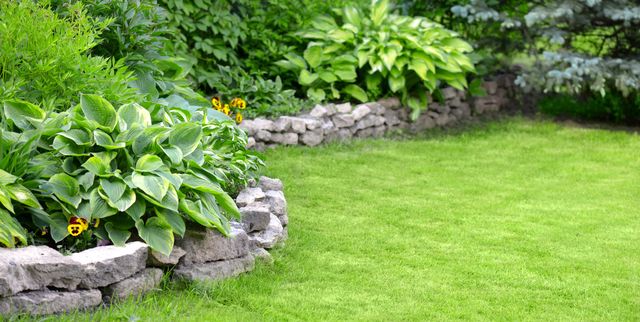Crabgrass — the bane of many homeowners — is a troublesome plant. Not only does it outgrow and outcompete more polite lawn grasses, it can actually poison other plant competitors, according to a study in the Journal of Agricultural and Food Chemistry.
Its numerous seeds lurk on and in the soil for up to three years, germinating whenever the temperature rises above 55 degrees and sunshine reaches the moist soil. And even though the Digitaria genus are annuals, the bare spots they leave behind in your lawn provide perfect places for germinating more seedlings the following spring.
Before you reach for the pesticides, try these four other ways to remove the weed.
1. Reduce Seed Production
Pull out as many plants as possible early in the season before they can set seed. Mowing can buy you time to remove plants. If there are large patches, you can naturally kill midsummer weeds using an herbicide containing ingredients such as clove oil and citric acid. Just remember it will kill any plant it touches.
2. Prevent Seed Distribution
Bag any plants or clippings and immediately discard them (don’t throw them in the compost pile or use as mulch!) in the landfill. Another option is to tie the top of the bag and leave it in a sunny place for four to six weeks, which will let the heat kill any seeds. After that, it’s safer to compost.
3. Suppress Germination
A thick, healthy lawn is the best defense against crabgrass. When the ground is densely shaded, the seeds can't germinate. There are a number of ways to improve the health of your grass, but here are a few initial suggestions:
- Set your mower at the top of the recommended height range for your type of lawn. Quicker-growing crabgrass will have a harder time outcompeting the rest of your lawn.
- When watering, do it deeply but infrequently. This will allow the surface of the soil to dry out, killing the shallow-rooted crabgrass.
- Fall is a good time to plant lawn grass in areas with cold winters, as frost will soon kill any crabgrass seedlings.
If your lawn is thin, you can spread corn gluten (20 pounds per 1,000 square feet) in the spring or before the beginning of the rainy season. Corn gluten inhibits the germination of seeds and breaks down rapidly, leaving nitrogen to feed established grass.
4. Solarize the Soil
If you’re still having trouble killing seeds, you can try this nifty trick: In the warmest, sunniest part of the year, mow the plants as short as possible, water generously, and then cover the area with a sheet of clear plastic.
Seal the edges all the way around by digging a shallow trench and covering the perimeter of the plastic with soil. Take care not to puncture the sheet and leave it in place for four to six weeks. The plastic will heat up the ground enough to kill all seeds underneath. You can then reseed the ground with the grass you want afterward.













